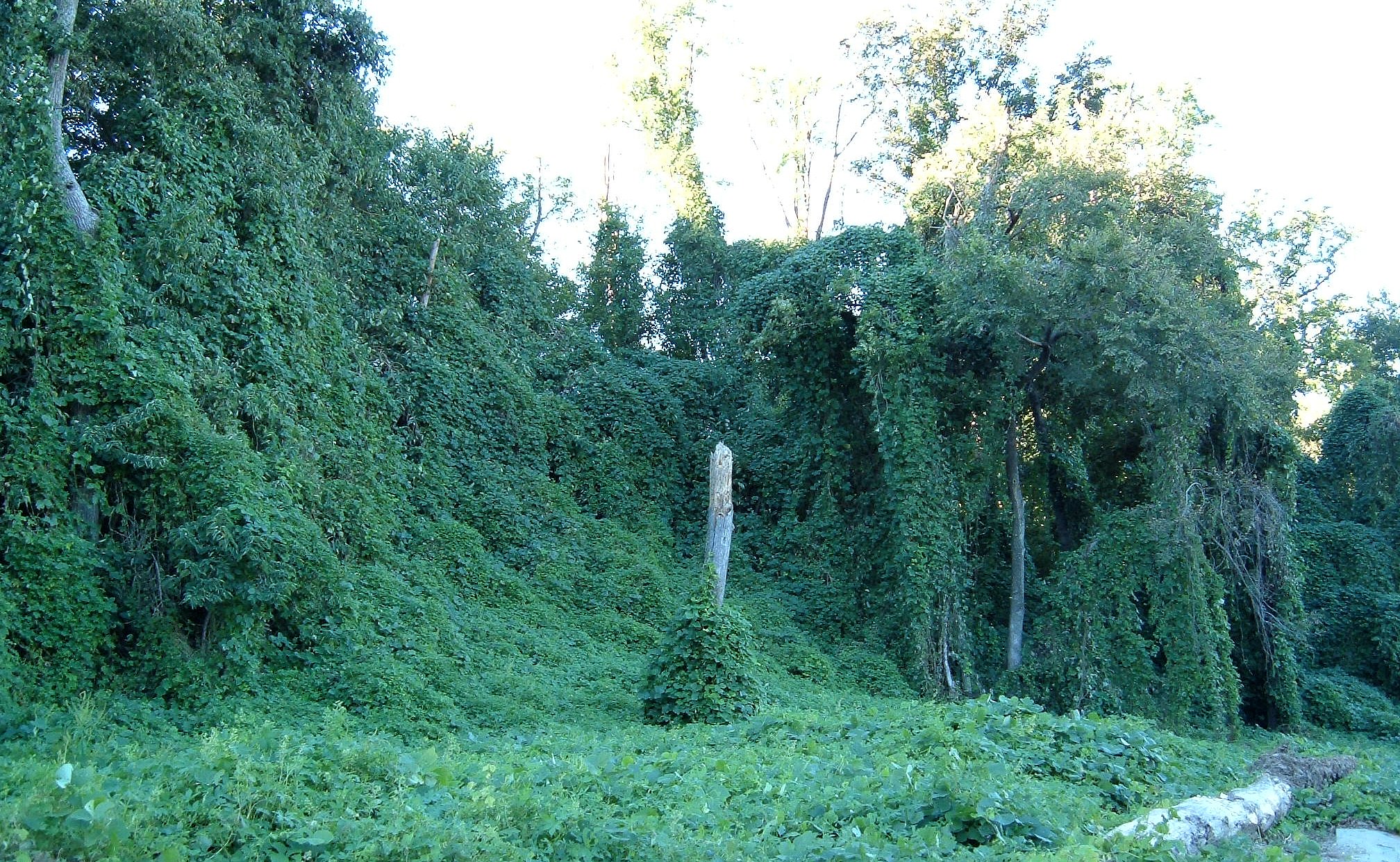 Tennessee & North Carolina
Tennessee & North Carolina
The day was fairly sunny in eastern Tennessee as we drove towards the Smoky Mountains, part of the Appalachian range. The great peaks loomed ahead of us, columns of mist rising from their slopes, as if many bonfires were raging there.
‘Twas from this that the mountains received their name, and it became no wonder to us as we entered the Great Smoky Mountains National Park.
Upon entering the park, we took Laurel Creek Road, which, as we figured, would take us straight to the Sugarlands Visitor Center. Although not as straight a shot as we expected, the winding road finally brought us there. In that area of the park, the mountains were not apparent since we were not yet in them, but the scenery was fantastic. One thing that never ceases to amaze us Texans is the size of the trees back east. They tower over you! You really have to put your head way back to see the top! And the trees here were no exception.
Besides the trees, there was also the roaring creek which the road followed. The water continuously rushed over the rocky stream bed, and many a family was fishing or playing in the water. We were content to watch as we drove by, since we were hoping to get to our campsite before dark to set up the tent.
Having visited the visitor center and procured a map, we set out on Newfound Gap Road. If you look at a map of the park, you will see that the national park is situated on the border of Tennessee and North Carolina, and includes a good portion of both these states. Our campsite was located on the North Carolina side of the mountains, so we took this road, the only one which crosses the highest ridge of the mountains.
As we traveled in a south-easterly direction, we could tell we were getting higher in elevation, and every once in a while there would be an overlook where you could look out at the mountains. Also as we ascended, it was clear that it was getting more and more foggy. As we neared the top, there were even more overlooks, some of which we stopped at to take pictures.
By the time we reached the top, we were in the middle of a cloud. We could hardly see anything out the car windows, but finally I spotted the sign by the road—“North Carolina State Line”. We were finally in North Carolina! I had never been to this state before, but now I was in it.
From that point we were going downhill, with the road as windy as ever. At one point we were astonished to see a yellow diamond-shaped sign depicting a loopty-loop, roughly the shape of the path commonly traveled by a roller coaster. We then found the sign had not deceived us—soon thereafter the road turned a full circle, and we went through a tunnel going under the point in the road where the curve began! I had never seen the like before.
At length we finally arrived to our campsite—Smokemont—and set up our tent. Even there it was misty, causing a very interesting effect—I do not know how to describe it. The Oconaluftee River roared not far off, and although everything was very wet, the temperature was moderate.
We had, for the first time, crossed the Appalachians into one of the original thirteen states—North Carolina, where the Bruces lived back in the 1700’s.
View more photos from the Great Smoky Mountains
Labels: nature, travels







